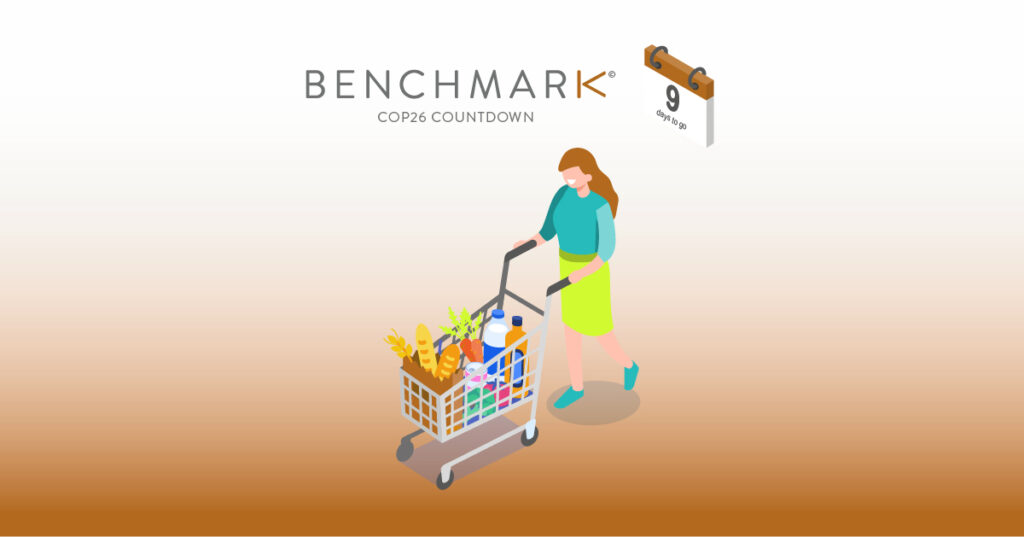
There is a consumer demand from big businesses for carbon transparency in manufacturing which has resulted from the exposure of big brands ignoring their corporate social responsibility to be sustainable. Many brands use greenwashing marketing techniques, which are essentially facades of sustainable efforts, to avoid consumer boycotting. This however is just not enough, and consumers are demanding real carbon transparency with real sustainable efforts.
In particular, packaging is a hot topic amongst consumers regarding sustainability. In 2020, 69% of food/drink introductions globally included an on-pack claim about environmentally friendly packaging, however these claims have waning relevance and are becoming prevalent to the point of being irrelevant and overlooked (Mintel, 2021).
Brands are catching on to the consumer demand for carbon transparency and between 2016 and 2020, there was a 120% increase in carbon-neutral claims on packaging globally.
Mintel reports that a large number of consumers don’t actually understand the terminology or labels used by brands regarding their green credentials. This may be due to deliberate greenwashing, or inadequate reporting techniques by brands. This is why there is a need to present carbon footprints in a way which consumers can understand.
Brands should and will need to make efforts to reduce their carbon emissions, but present the information in an understandable manner, allowing consumers to use the information to inform their purchase-decisions.
Source: Mintel
Recent Posts
- European Parliament Votes to Postpone Corporate Due Diligence and Sustainability Reporting Requirements
- Financial Markets vs. Sustainability Markets in Packaging
- How prepared are you for the Packaging and Packaging Waste Regulation (PPWR)?
- Green Claims Regulation: A Global Perspective on Environmental Marketing
- The Environmental and commercial Impact of Packaging (Facts, Figures and a solution)







Recent Comments